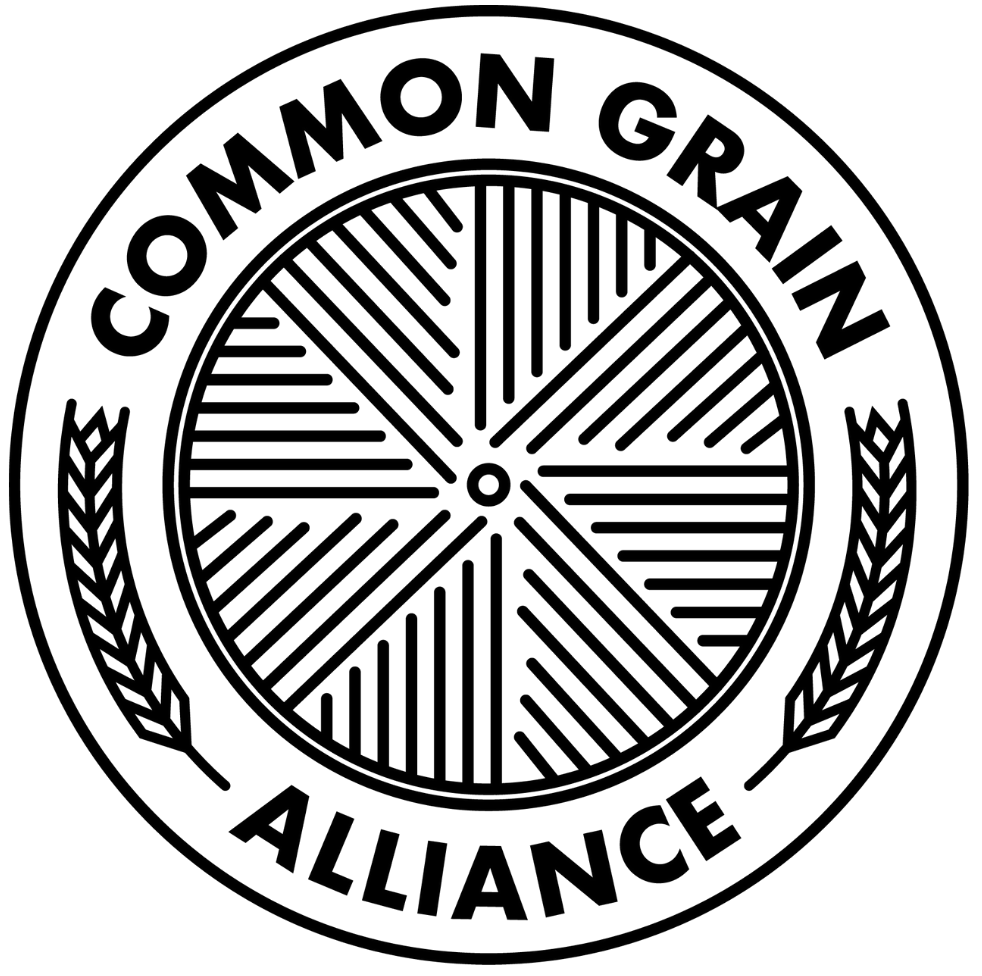What is the direct market for grain, anyway?
To illustrate the direct market, Pete, a grain grower in Virginia shown here, has the option of marketing to three different classes of buyers. There are retail customers, wholesale customers who turn the grain into human food and then sell it to retail customer, or processors, who themselves might market to wholesale and / or retail customers. The closer you get to the end-user, the higher the price, but also the costs go up.
In the United States and other industrialized nations, most grain is typically sold as a commodity and prices are nationally-regulated. Farmers deliver their grain to elevators which then moves on to industrial mills and other processors. There can be benefits in direct support of choosing this market for your product; farmers can sell bin run grain to a commodity elevator, saving time, money, and other resources otherwise used on cleaning and additional processing steps. There is also more room to work with higher DON levels because grain from many farms will be mixed together in the elevator, and you could ultimately avoid price cuts due to the toxin. However, there is no additional wiggle room on prices.
Alternatively, the small yet growing Mid-Atlantic grain value chain works through the direct market, skipping the anonymous, industrial steps and bringing grain and staple food products directly to the consumer. By direct market, most people mean farmer’s markets or farm stands, but for grain there are also intermediate processors–millers, maltsters, brewers, bakers–who make it edible. In these scenarios, the identity of the grower and the place the grain was grown is maintained which leads to many of the unique qualities cooks and eaters experience in preparing and eating regionally-grown grain.
As briefly mentioned, the most straightforward direct market system involves a farmer selling their grains to consumers at a retail location such as a farmers market or farm stand. While selling directly to customers makes a higher price point possible, that is largely because the farmer has to invest more time and resources into processing and packaging the grain to be suitable for a household consumer. The grain berries must at least be completely cleaned. For grains like wheat and rye, consumers typically expect those products to be milled into flour which is a value-add opportunity to add a mill on-site to your operation. Similarly, oats are most popular when flaked or rolled. If you grow barley, you should consider malting it.
Building a business relationship with a local millers, baker-millers, maltster, distillers, or other bulk food shops can take some of these additional processing steps as well as marketing to consumers off the grower’s hands. Typically, the grower has to be producing larger quantities of grain than would be workable if the grower went direct to retail, in units of bushels up to truckloads. Depending on the buyer, you might or might not have to clean your grain and bin-run could be fine. Because these intermediaries go on to sell their product to bakers, brewers, or directly to consumers, they do look for specific qualities of the grain, such as test weight, falling number, or protein content. Even with specific measurements in mind, there is still opportunity to be flexible as wholesalers might be open to blending grain from different farms to achieve ideal levels. If you take on some of the processing steps to sell directly to these buyers, these are factors you should consider as well.
While the price farmers can get for their grain from a wholesaler will not be as high as by selling direct to consumer, it is almost guaranteed to be higher than commodity prices, even accounting for differences between conventional and certified organic grain. The general idea to consider as you navigate this system is that working with each of these potential wholesale buyers comes with costs and benefits; as you get closer to retail you get a higher price but assume more risk. Deciding on the right fit for your operation is the topic next week.
Heather Coiner contributed to the background research and development of this post.
This material is based upon work that is supported by the National Institute of Food and Agriculture, U.S. Department of Agriculture, under award number 2019-38640-29878 through the Southern Sustainable Agriculture Research and Education program under subaward number LS20-327. USDA is an equal opportunity employer and service provider. Any opinions, findings, conclusions, or recommendations expressed in this publication are those of the author(s) and do not necessarily reflect the view of the U.S. Department of Agriculture.



